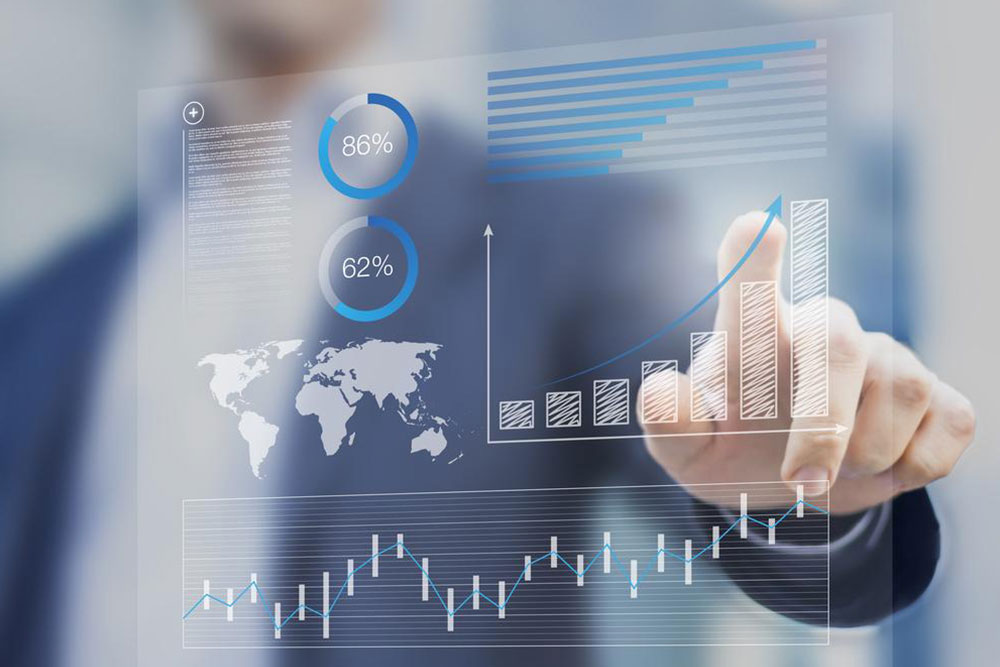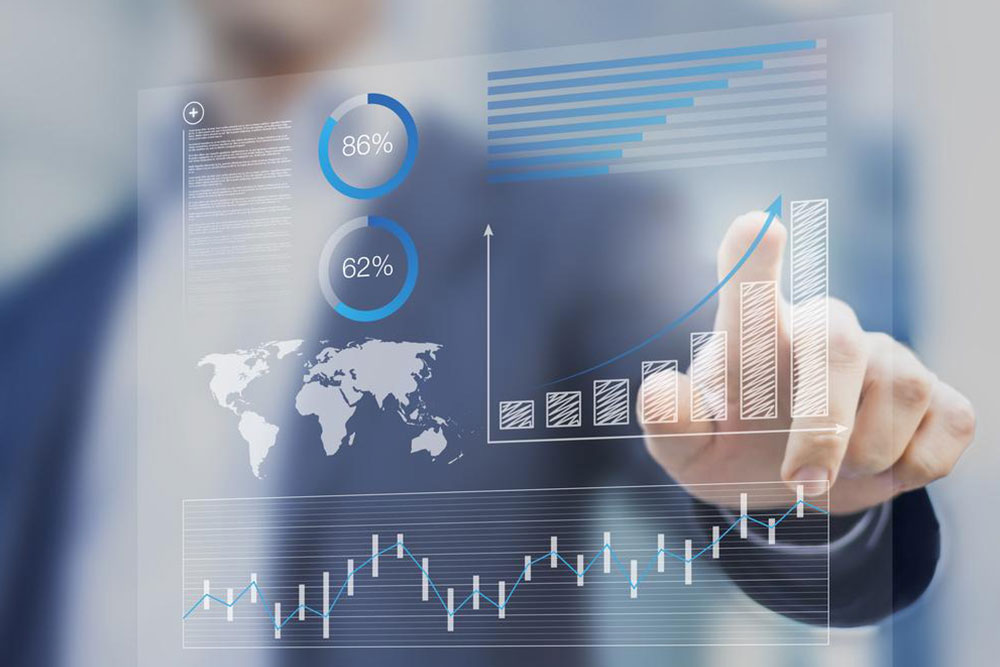Understanding Business Intelligence and Its Distinction from Business Analytics
Explore the concepts of business intelligence and how it differs from business analytics. Understand how these tools help organizations analyze data, uncover trends, and make informed decisions by transforming raw data into actionable insights. Learn about their roles in strategic planning and performance improvement, and how their functions complement each other for better business outcomes.

Understanding Business Intelligence and Its Difference from Business Analytics
Businesses generate massive amounts of data daily, requiring effective tools to interpret it for better decision-making. Business intelligence (BI) serves this purpose by transforming raw data into meaningful insights. BI, along with business analytics and data analytics, helps analyze historical and current data to support strategic actions. Over time, BI has evolved, incorporating advanced processes to enhance organizational performance.
These include:
Data mining: Uncovering trends through databases, statistics, and machine learning
Reporting: Sharing analyzed data with stakeholders for informed decisions
Performance metrics & benchmarking: Comparing current data with past to assess progress
Descriptive analysis: Understanding what has happened using preliminary data analysis
Statistical analysis: Exploring data in depth with statistical methods
Data visualization: Presenting data visually with charts and graphs for clarity
Data preparation: Combining and readying data from multiple sources for analysis
Differences Between Business Intelligence and Business Analytics
Many wonder how BI differs from business analytics. The lines are blurred, but both play vital roles in organizational decision-making. Business analytics emphasizes predictive modeling and advanced statistics to forecast future outcomes, whereas BI focuses on analyzing current and past data to understand what is happening now.
To simplify:
BI looks at past data to identify trends and patterns shaping current operations, suitable for large-scale firms managing ongoing activities.
Business analytics delves into why these events occurred and uses insights to anticipate future trends, allowing businesses to adapt and improve productivity.
Note:
The articles on our platform cover diverse topics to offer useful insights. Readers should use this information as a guide rather than definitive fact. The editorial team disclaims responsibility for data discrepancies or inaccuracies across different sources. Be aware that additional schemes and offers may be available beyond those mentioned here.










